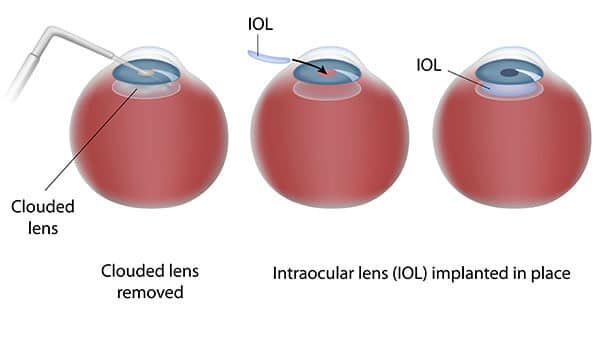General Ophthalmology

Glaucoma
To diagnose glaucoma, a complete eye exam is necessary. Checking only eye pressure is insufficient. During the exam, your ophthalmologist will assess various factors, including eye pressure, drainage angle, optic nerve health, peripheral vision, optic nerve imaging, and corneal thickness.
Glaucoma may have no early symptoms, emphasizing the importance of regular eye exams for early detection. Although glaucoma damage is permanent, treatments such as medication or surgery can prevent further harm. Your ophthalmologist will recommend the most suitable treatment based on your specific condition.
Cataracts
Cataracts are mainly caused by aging, leading to cloudiness in the lens after age 40. Factors like family history, medical conditions (such as diabetes), eye-related issues (injuries, surgeries, or radiation exposure), sun exposure without protection, certain medications (like corticosteroids), and smoking can also contribute. The development speed varies, and regular eye check-ups are crucial for monitoring and addressing cataracts.
Cataracts are only removed through surgery. If your symptoms aren’t bothersome, a new eyeglass prescription may help. Consider surgery when cataracts affect your daily activities.
During surgery, the cloudy natural lens is replaced with an artificial one (intraocular lens or IOL). Your doctor will discuss IOLs with you. After surgery, hazy vision may return due to a cloudy lens capsule. A capsulotomy, using a laser, can restore clear vision.
While cataracts are common causes of vision loss, they can be treated. Discuss your symptoms with your ophthalmologist to decide if you’re ready for cataract surgery.



